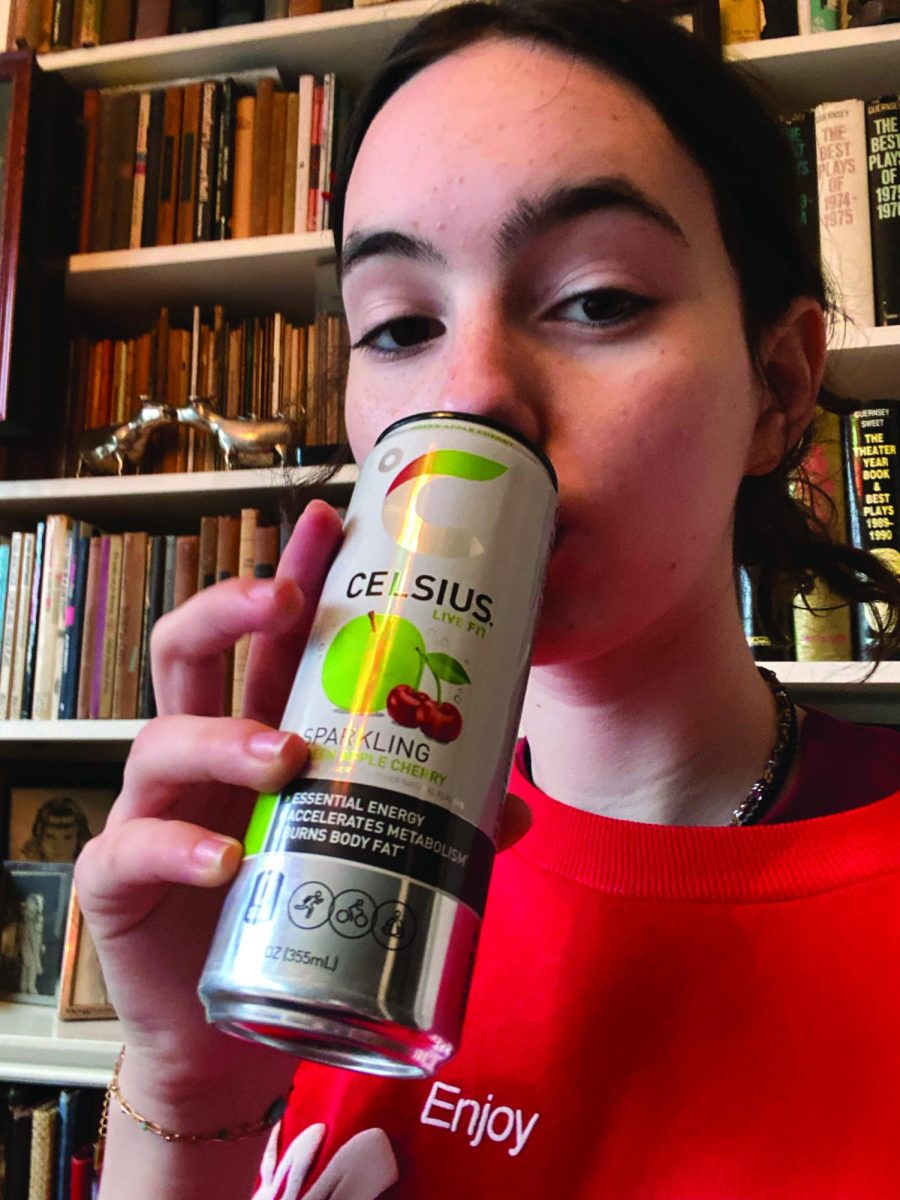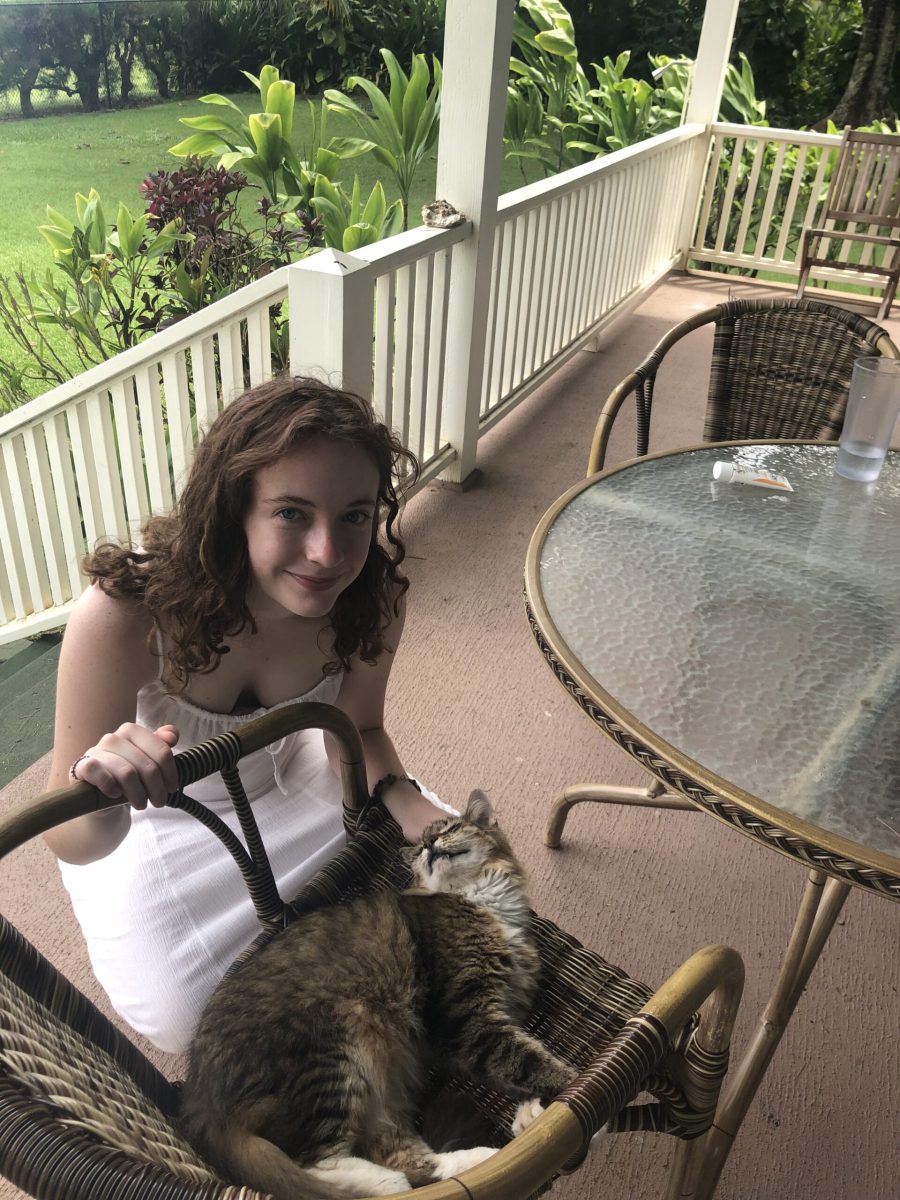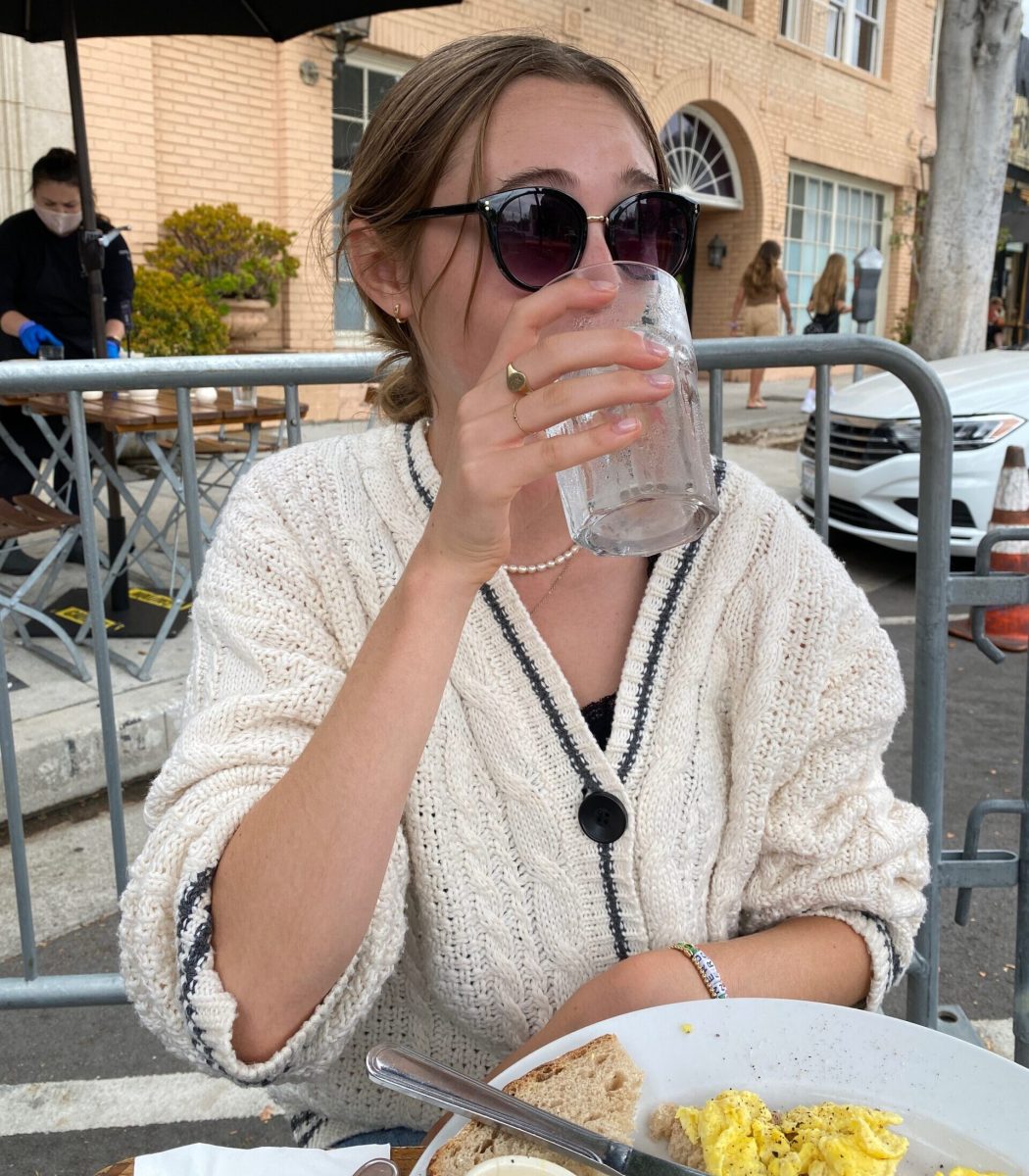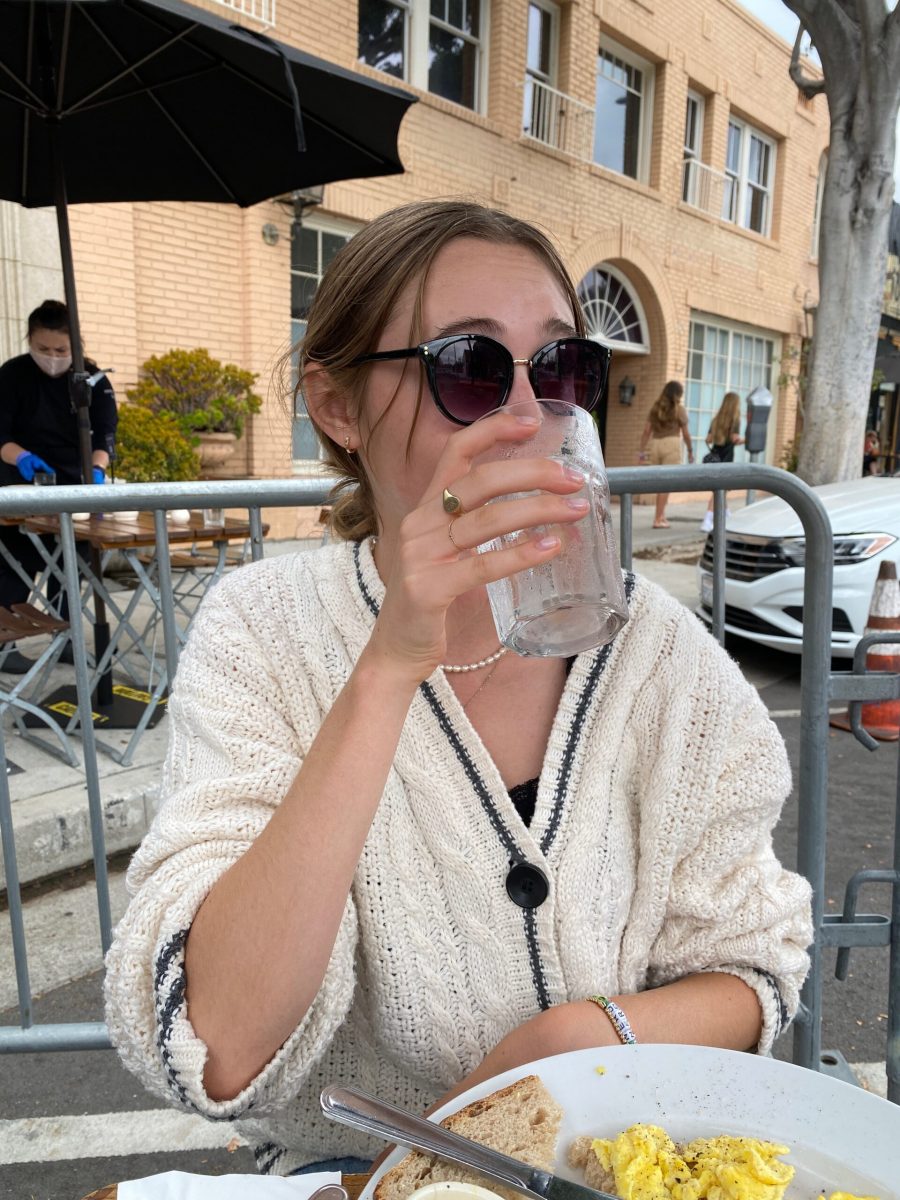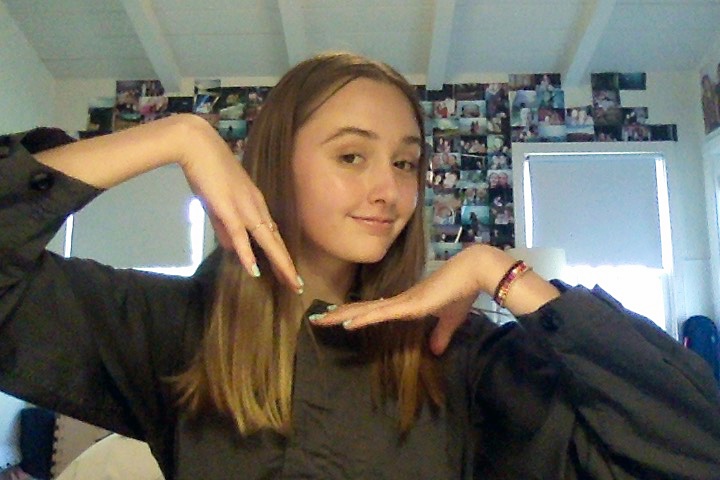Caffeine can be a dangerous yet glorious substance. Yes, it provides much-needed
energy, but the question is, at what cost? In my five years at Marlborough, it is an undeniable fact that my desire, dare necessity, for caffeine has grown. When I was a wee little sevie, I never touched coffee, despising the bitter taste. When 8th grade rolled, I began to dabble in caffeine. But, as soon as I entered sophomore year, I was hooked. As I grew older and my workload increased, I realized the beautiful energy that only a cup of pure caffeine in the morning could provide. For me, caffeine was what distinguished me from an unfocused, fatigued skeleton, to a
dialed-in, enthusiastic student.
If I’m being honest, last year, at the beginning of my junior year, I developed an addiction – a caffeine addiction. But I wasn’t dependent on a good ol’ cup of joe; I was dependent on Celsius. Yes, Celsius, the substance that comes up on your FYP for its side effects. Two months into junior year, my dependence on Celsius reached a point where I required a minimum of two a day to function. I soon became identified by Celsius: There was no Dolores without her acai-green tea energy drink in hand.
After the onset of migraines, I recognized a problem. After not consuming my treasured Celsius for three hours, I would develop a terrible headache and reach for yet another. I averaged 600 mg of caffeine a day and became a caffeine fiend. (To put things into perspective, the Mayo Clinic recommends 400 mg of caffeine a day for adults and says that adolescents and young adults need to be “cautioned about excessive caffeine intake.” While my friends and family would send article after article about young teenagers being hospitalized due to overconsuming energy drinks and attempt to wrestle a Celsius out of my hand, I couldn’t stop. By Feb-ruary, after months of Celsius consumption, I realized it was time to make a change. On Feb. 14, a fateful day, I made the momentous decision to quit once and for all.
In writing this article, I am 224 days “sober” from my energy drink craze and I am healthier than ever. All of this to say, if there’s anyone who should give advice on
managing caffeine intake, it’s me.
My number one rule: no energy drinks. I always say that it’s not the caffeine that will hurt you, but the added sucralose or the synthetic vitamin B-12. There are many different options for caffeine intake out there. Nowadays you can spot me around school with my Yerba Mate in hand, which although not perfect, is much better than an energy drink. Or, you could stick to the classics, a nice cup of black tea, coffee, chai or matcha.
Number two: no caffeine after dinner. I’ve made this mistake before: My eyes skim vaguely over my 30-page English assignment, I can’t seem to focus on the text in front of me and my bed is enticing me as my eyes close “just for a second.” When this feels like the case, believe me, no amount of caffeine can remedy your situation. Instead, take a 10-minute break. Get up and stretch your legs, pester your siblings or parents for a little bit and then try again. Drinking caffeine this late in the day will only result in a night of restless sleep and even greater fatigue in the morning.
Rule number three: You don’t need caffeine before 9th grade. There is really no need to consume caffeine when you are this young. It can disturb sleep cycles and nervous systems of young people. Although 7th and 8th grade may feel overwhelming, in retrospect, your workloads should not require the extra boost of energy caffeine provides.
Take it from me, a Celsius connoisseur turned Yerba drinker, caffeine doesn’t con-trol you, you control it. You are a strong Marlborough student, and you can power through the occasional late-night study session without the extra shot of espresso.

